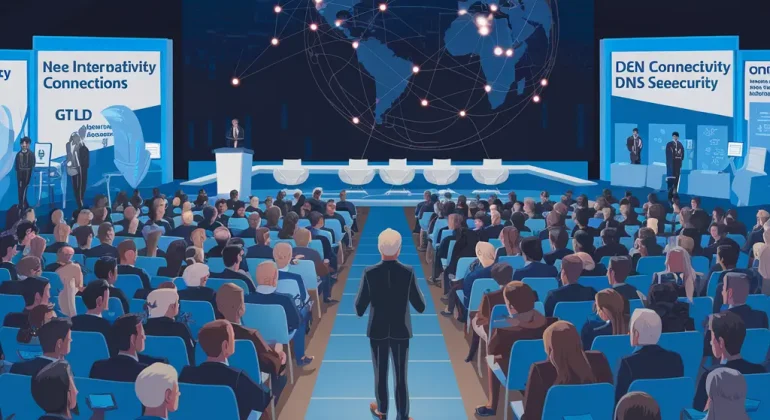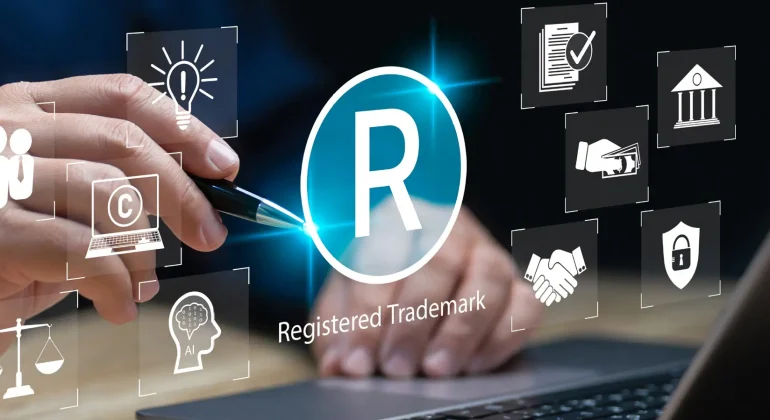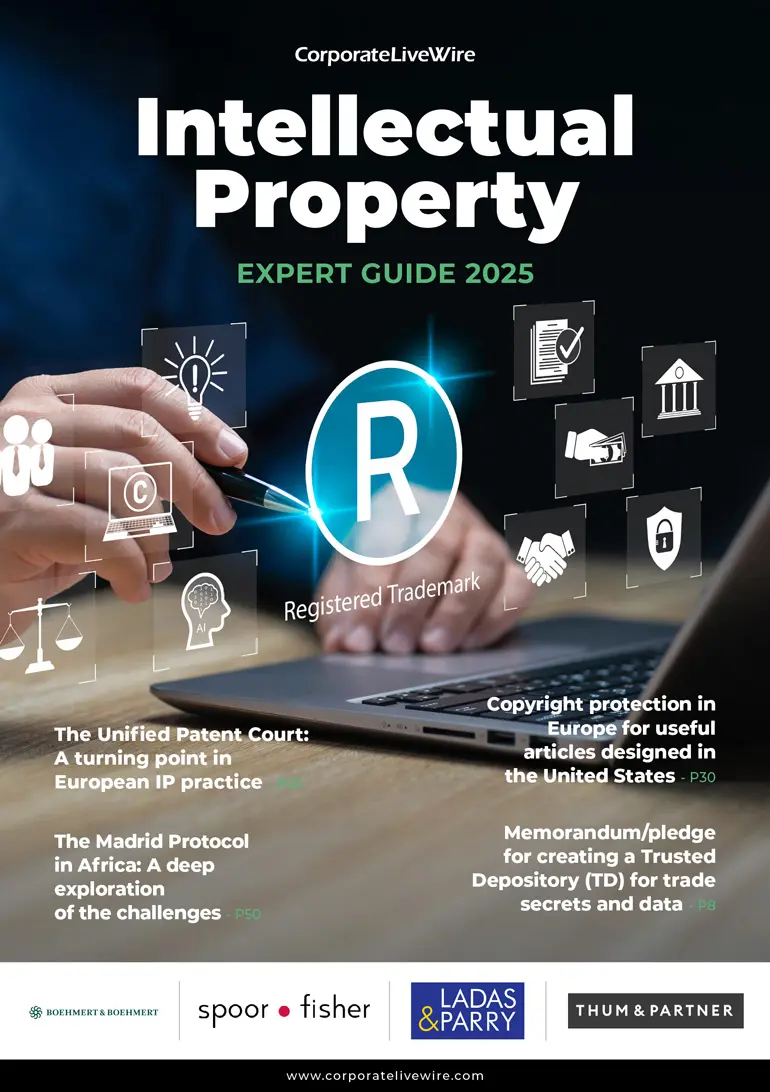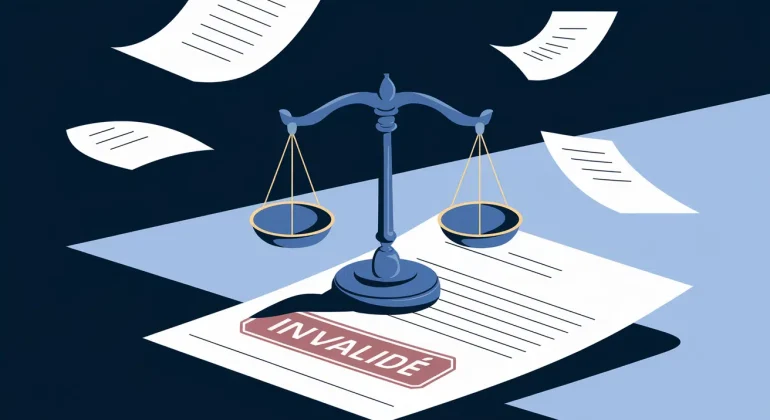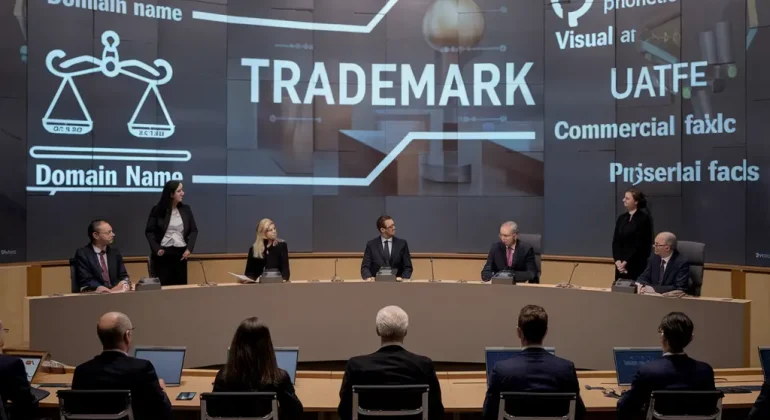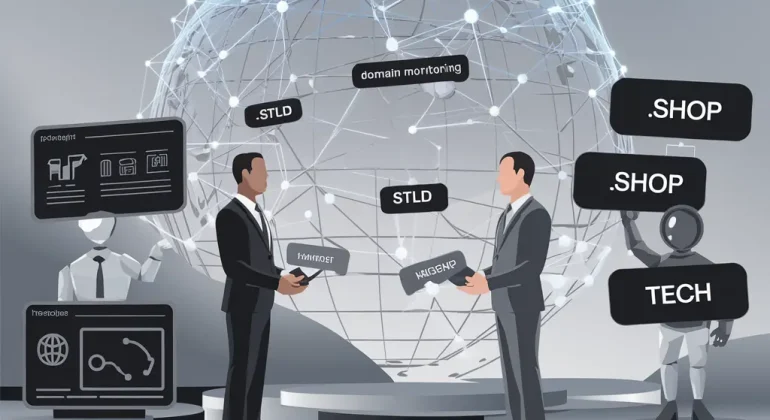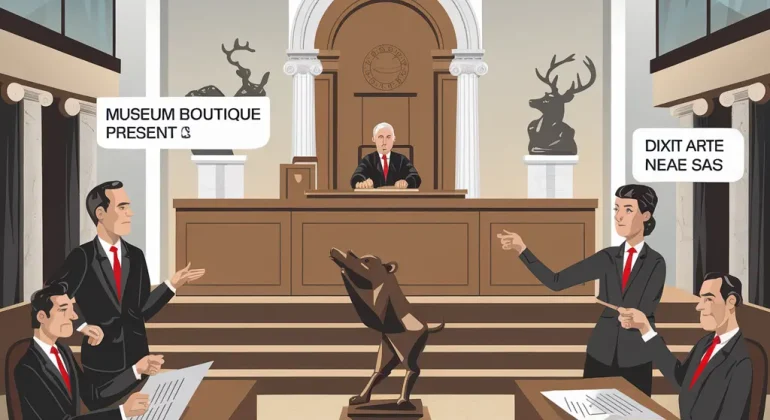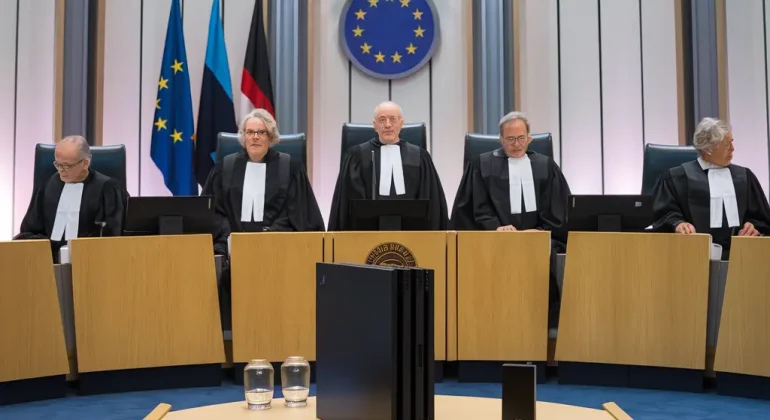The United States is a key market for many businesses. Registering a trademark in this country helps secure your brand identity and avoid legal disputes related to unauthorized use of your distinctive sign. However, the U.S. trademark registration process differs from that in Europe and other jurisdictions. This guide outlines the filing options, registration process, and associated costs.
Why Register a Trademark in the United States?
A registered trademark in the U.S. provides several benefits:
- Legal Protection: Prevents third parties from using an identical or similar sign in a commercial context.
- Exclusive Usage Rights: Registration grants a monopoly over the trademark for the designated goods/services.
- Increased Commercial Value: A registered trademark can be sold, licensed, or used as an asset in investments.
- Simplified Legal Recourse: In case of infringement, the trademark owner can take legal action in federal courts.
Different Bases for Filing a U.S. Trademark
In the United States, the legal basis for a trademark application refers to the foundation on which the filing is made. Unlike in some jurisdictions, the United States Patent and Trademark Office (USPTO) generally requires proof of use before granting full registration. The choice of filing basis depends on the applicant’s business strategy, the current use of the mark, and any existing international trademark portfolio.
Application Based on Actual Use in Commerce (§1(a))
This option applies to businesses that are already using the trademark in the United States at the time of filing. The applicant must submit a specimen of use demonstrating that the mark is actively used in commerce in connection with the claimed goods or services. Acceptable specimens include packaging, labels, website screenshots, advertisements, or invoices that clearly display the trademark in a commercial context. The applicant must also provide the first use date (when the mark was first used anywhere) and the first use in commerce date (when it was first used in a way that affects interstate or international commerce in the U.S.).
One of the main advantages of this basis is that it allows for a faster path to registration since no further proof of use is required later in the process. However, the applicant must maintain continuous use of the mark to avoid cancellation for non-use.
Application Based on Intent to Use (§1(b))
This option is available for businesses that have a bona fide intent to use the trademark in the United States but have not yet started using it at the time of filing. After the USPTO examines and approves the application, a Notice of Allowance (NOA) is issued. From that point, the applicant has six months to provide proof of actual use by submitting a Statement of Use. If the applicant is not ready to prove use, they can request up to five six-month extensions, subject to additional fees.
This basis allows applicants to secure an earlier filing date while preparing for market entry in the U.S. However, the trademark will not be registered until actual use is demonstrated.
Application Based on a Foreign Registration (§44(e))
This option is available to businesses that already hold a registered trademark in their country of origin. Unlike the previous bases, the USPTO does not require immediate proof of use in the United States. However, the applicant must submit a copy of the foreign registration, which must remain valid.
One key advantage of this basis is that it allows an applicant to register a trademark in the U.S. without proving use initially. However, after five years of registration, the applicant must submit a declaration of use to maintain the trademark and avoid cancellation.
Application Based on a Foreign Application (§44(d))
If an applicant has filed a trademark application in another country within the past six months, they may claim priority rights in the United States. This allows them to benefit from the earlier foreign filing date for their U.S. application.
No proof of use is required before the fifth year of registration. However, to finalize the registration process, the applicant must submit a copy of the foreign registration certificate. This option is particularly advantageous for businesses looking to secure U.S. trademark rights while relying on an international application.
The choice of filing basis depends on the applicant’s strategic objectives and readiness to use the mark in U.S. commerce.
The U.S. Trademark Registration Process
Registering a trademark with the USPTO involves several key steps:
Step 1: Trademark Search
Before filing, it is highly recommended to conduct an availability search to ensure that no similar or identical trademark already exists. This search can be performed via the USPTO’s TESS database or by consulting a trademark attorney.
Step 2: Choosing the Filing Method
The USPTO offers two options for filing a trademark application:
- TEAS Plus: Lower cost but requires strict compliance with the USPTO’s Goods & Services Manual.
- TEAS Standard: More flexibility in product/service descriptions, but with higher fees.
Step 3: Examination by the USPTO
Once the application is submitted, a USPTO examiner reviews it and may:
- Approve it directly.
- Request additional details through an Office Action (e.g., clarification of descriptions, proof of distinctiveness).
- Reject it if it is too similar to an existing trademark or considered descriptive.
Step 4: Publication in the Official Gazette
If the application is accepted, the trademark is published in the Trademark Official Gazette. Any third party who believes the trademark may harm their interests has 30 days to file an opposition.
Step 5: Registration or Notice of Allowance
- If the trademark is already in use, a registration certificate is issued.
- If the application was based on intent to use, the USPTO issues a Notice of Allowance, and the applicant must submit proof of use within six months (with the possibility of extensions).
Trademark Filing Costs in the U.S.
The cost of filing depends on several factors, including the number of classes and the filing method chosen.
| Filing Method |
First Class |
Additional Class |
| TEAS Plus |
$665 |
$455 |
| TEAS Standard |
$765 |
$555 |
Additional Fees:
- Declaration of First Use: $350 for the first class, $250 per additional class.
- Six-month extension to submit proof of use: $350 for the first class, $250 per additional class.
Choosing the Right Trademark Type
Word Mark
Protects only the name, regardless of font or logo.
Offers broader protection since it covers all typographical variations.
Logo Mark
Protects only the design of the logo, not the name.
Useful if the visual identity is crucial to the brand.
Combined Mark (Name + Logo)
Protects both the name and design, but with limited flexibility if changes are made later.
Recommended if the brand identity is strongly tied to a specific visual representation.
Trademark Renewal and Maintenance
Once registered, a trademark must be maintained to remain valid:
- Between the 5th and 6th year: A Declaration of Use (Section 8) must be filed.
- Between the 9th and 10th year: A Declaration of Use and Renewal (Sections 8 and 9) must be filed.
- Every 10 years: The trademark must be renewed to retain protection.
Failure to meet these requirements may result in cancellation by the USPTO.
Handling Oppositions and Disputes
If a third party contests the trademark after publication, an opposition can be filed before the Trademark Trial and Appeal Board (TTAB). In case of a refusal or objection from the USPTO:
- The applicant can modify the application and respond to the Office Action.
- If the issue persists, a trademark attorney may be necessary to defend the registration.
Conclusion
Registering a trademark in the United States is a crucial step to protect your business identity. Choosing the right filing basis, anticipating costs and timelines, and proactively managing legal obligations will help ensure optimal protection for your brand in the U.S. market.
Dreyfus Law Firm supports clients throughout the entire trademark registration and protection process in the United States. Our intellectual property experts conduct availability searches, handle all USPTO filing procedures, and provide tailored assistance for renewal and enforcement. Through our global network of IP-specialized attorneys, we ensure effective protection of your trademarks both in the U.S. and internationally.
Follow us on social media to stay updated on the latest intellectual property news and receive
FAQ
How do I register a trademark in the United States?
Trademark registration is done online through the USPTO (United States Patent and Trademark Office) using the TEAS (Trademark Electronic Application System). You must choose a filing basis (actual use, intent to use, or foreign registration), complete the application form, and pay the required fees.
How much does it cost to register a trademark?
TEAS Plus: $665 for the first class, $455 for each additional class.
TEAS Standard: $765 for the first class, $555 for each additional class.
Additional fees may apply for proof of use or extensions.
How can I register a trademark internationally?
You can register a trademark internationally through the Madrid System with WIPO (World Intellectual Property Organization) or by filing directly in each target country. A U.S. registration can serve as a priority basis for international filings.
What are the requirements for trademark registration?
A trademark must be distinctive, available, and associated with specific goods or services. Proof of use is required unless filing under a foreign registration basis.
How long does it take to register a trademark?
On average, 12 to 18 months, depending on examination timelines, possible objections, and proof of use requirements.
Do I need to prove use of my trademark?
Yes, except when filing based on a foreign registration. Proof of use is required to finalize the registration and must be submitted between the 5th and 6th year after registration, and every 10 years thereafter.
How long does a U.S. trademark last?
A U.S. trademark is valid indefinitely, provided it is renewed and proof of use is submitted every 10 years.
Can I protect a logo and a name separately?
Yes. A word mark protects the name alone, while a logo mark protects the visual design. A combined mark covers both but offers more limited flexibility if changes are made later.
What happens if my trademark is challenged?
After publication, third parties have 30 days to file an opposition. If opposed, you must either negotiate or defend your case before the Trademark Trial and Appeal Board (TTAB).
What happens if I don’t renew my trademark?
If you fail to submit the required renewal or proof of use, the USPTO cancels the trademark, making it available for new registration.

